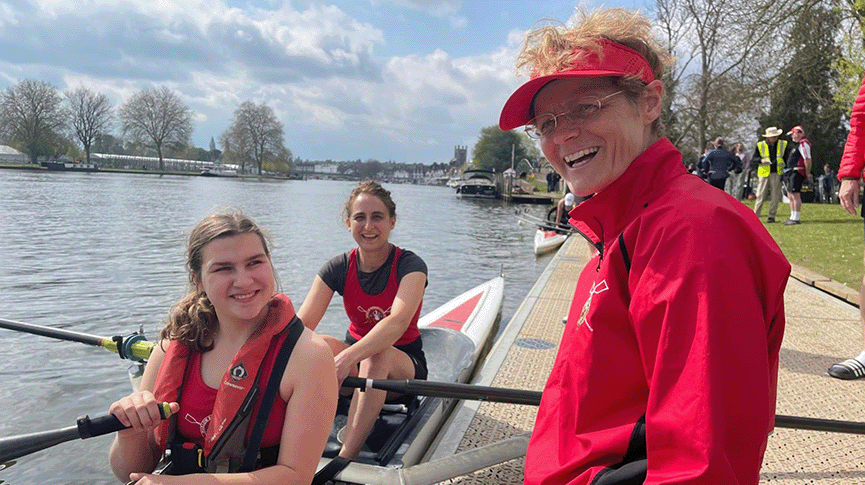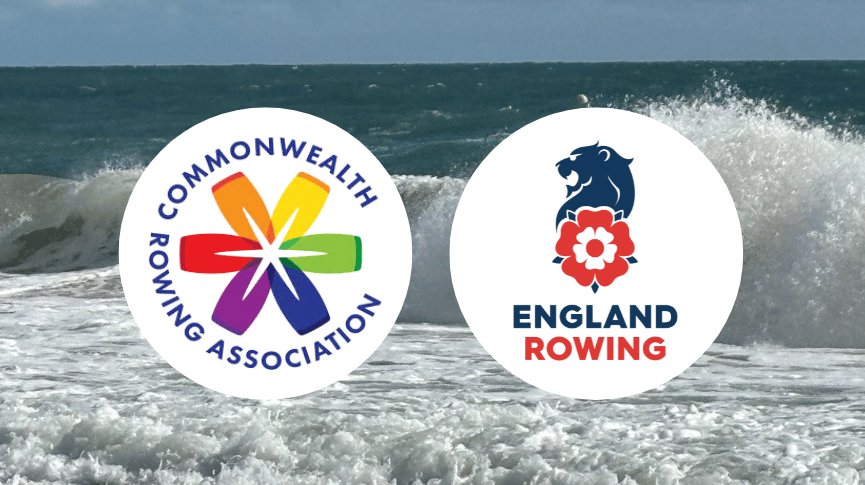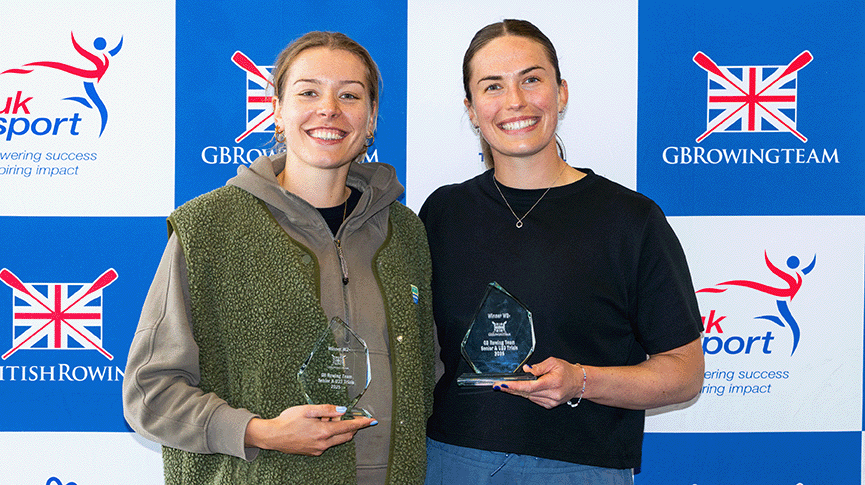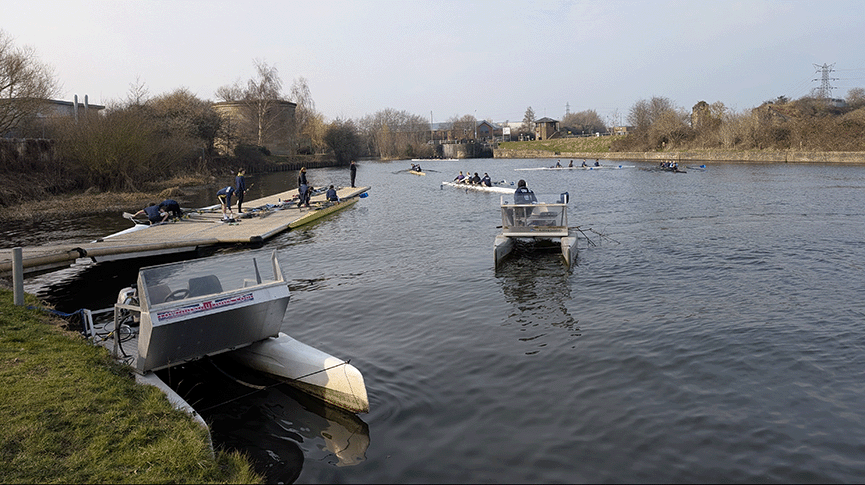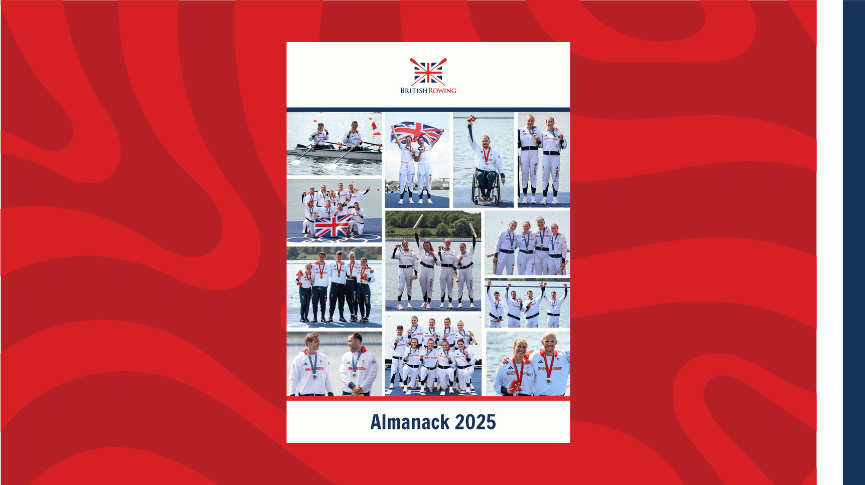Cross train like a champion
Training during lockdown over the last few weeks has presented the rowing community with its challenges. The GB Rowing Sports Science Team provide advice
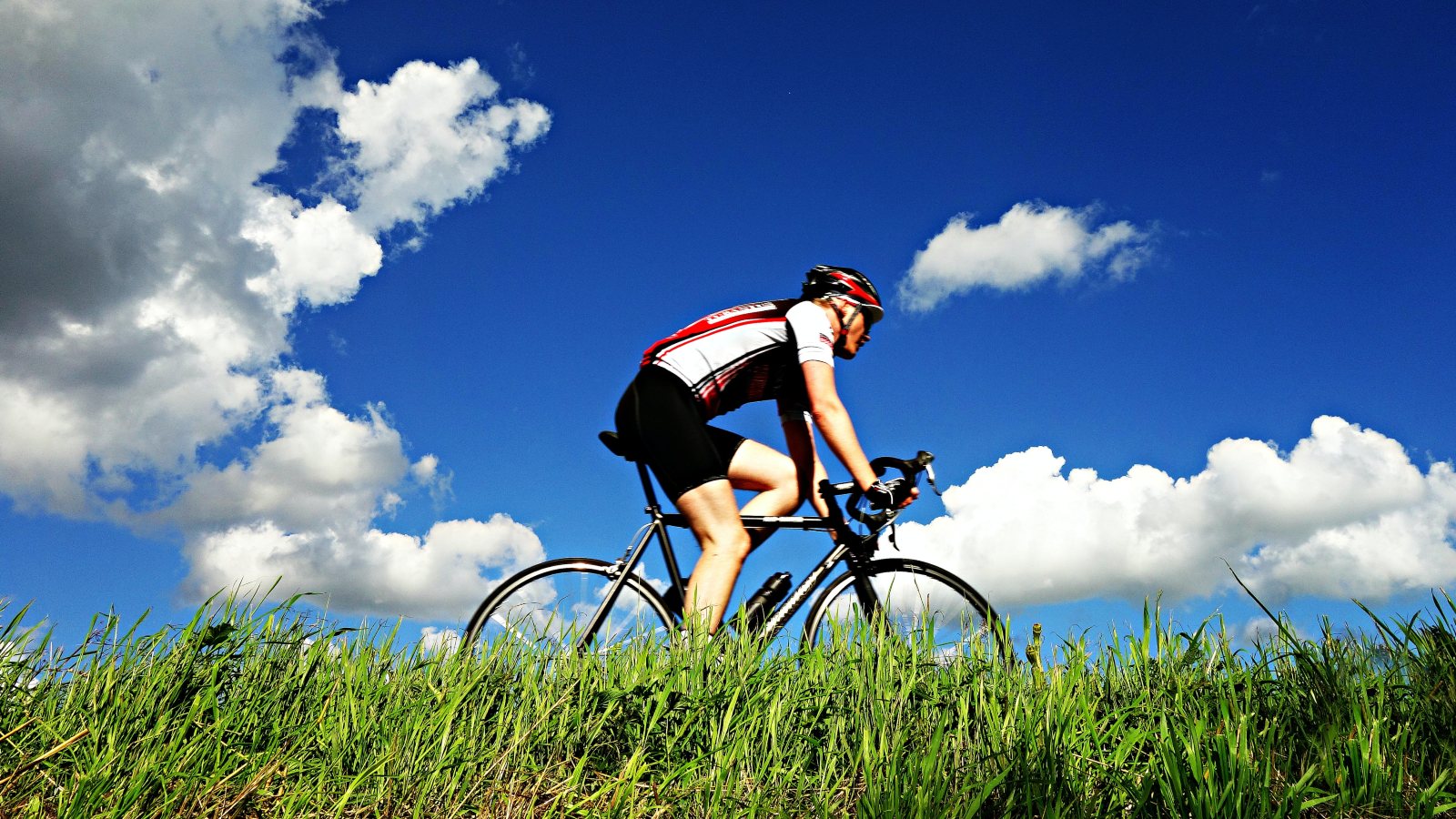
Photo: Pexels
With waterways and rowing clubs restricted, and regional and international competitions cancelled, training programmes have been largely disrupted. Like the rest of the British Rowing community, the GB Rowing Team have been training remotely in preparation for the postponed Tokyo 2020 Olympic and Paralympic Games. Fortunately, rowing is in a strong position compared to some of our Olympic and Paralympic counterparts, who are reliant on highly specialised equipment and facilities to practise their sport.
The rowing machine has become the foundation of many training programmes to replace the mileage that would otherwise be prescribed on the water. However, the lockdown period presents coaches and athletes with an exciting opportunity to try something new, and supplement rowing-specific training with cross training.
Cross training involves incorporating different modalities of exercise from other sports into a rowing programme.
There are many benefits of cross training including reducing the risk of rowing related injuries and niggles. Cross training can also improve the quality of rowing sessions and lead to greater accumulated training volume over a season. It can be used to help rehabilitate athletes who are recovering from injury – for example, a rower who is experiencing an upper body injury can maintain their cardiovascular fitness through lower body activities such as running or cycling.
The flexibility to cross train during lockdown has been great for my physical and mental health
One further advantage is improved “athleticism” due to developing a variety of movement patterns and skills. It is for these reasons that the GB Rowing Team attend at least one training camp each year which includes a cross-training element, for instance, cycling, swimming and hiking.
Cross training has also been particularly important during the Covid-19 pandemic.
GB rower Charlotte Hodgkins-Byrne says: “The flexibility to cross train during lockdown has been great for both my physical and mental health. Through getting out on my bike, I’ve been able to get lots of very solid miles done which is helping to move on my ergo performance scores.
“Training in lockdown is difficult for many reasons and without access to the support staff or physio treatment, I’ve found cross training is the best way to ensure I avoid injury and allow my body to keep training, without putting too much strain on my back or ribs!”
Many endurance snow sports also incorporate cross training, particularly during the summer months when there is no snow available. A group of Norwegian researchers, recently published annual training plans of one of the world’s most successful cross-country skiers.
The training data demonstrates that ~63% of annual training was performed as sport-specific exercise (i.e. skiing or roller skiing), with the remaining 37% performed as non-specific activity (34% running and 3% cycling).
Cross training can also improve the quality of rowing sessions
The proportion of specific activity increased from the general preparation phase (52%) to the competition phase (85%). In rowing terms, incorporating cross training in the winter training months may be beneficial, however there should be a greater focus on rowing-specific training during the competition season.
There is no denying that grinding out miles on the rowing machine is essential to develop sport-specific cardiovascular and muscular endurance, but even the most enthusiastic rower will struggle with motivation and cross training can alleviate the monotony of the grey machine. So, why not introduce more flexibility and variety into your programme where similar aerobic improvements can be achieved?
With any of the five training modes below, your approach should start cautiously. A gradual introduction will help avoid musculoskeletal issues associated with spending prolonged periods of time in a “new” position.
Vicky Thornley's tips
GB rower Vicky Thornley shares her go-to cross training activities here.
1 – Cycling
Road and static cycling provide rowers with an excellent way to achieve greater training volumes, therefore it is no surprise that cycling is one of the most common cross-training choices for rowers. Greater training volumes can be achieved due to the reduced lumbar loading associated with cycling, allowing longer session durations, and in turn increasing peripheral training adaptation. The variation in terrain also allows for a variety of training intensities within a single session. With social distancing in place and roads becoming busier, be extra vigilant when cycling on the roads.
Be smart and progressively increase the amount of running that you do
2 – Running
The anthropometrical characteristics of most rowers aren’t advantageous for running, however, running is a great cross-training alternative as it requires no facilities or equipment other than some good-quality running shoes.
Unlike rowing, running is an impact sport with forces up to three-times the body weight directed through the hip, knee and ankle. While your cardiovascular system will be up to the task, your bones, joints and tendons will be challenged more. Be smart and progressively increase the amount of running that you do. Invest in a good pair of running shoes and run on softer surfaces to improve musculoskeletal comfort during a run.
3 – Swimming
Sports that incorporate the arms and legs will increase total energy expenditure and provide the body with more specific physiological adaptation. Water buoyancy reduces pressure on weight-bearing joints, and helps to alleviate stress on muscles, tendons and ligaments. Training aids like a kickboard or pull buoy will help you isolate your legs or arms and will help develop strong muscles around your joints.
With swimming pools closed, many have been turning to open water swimming, however water safety is essential. Always swim within your ability and follow official advice on open water swimming.
Like rowing, SUP is a great total body workout
4 – Hiking
Hiking is also a great form of exercise for the body and the mind. Mountains, forests and grassy plains are much more inspiring than your house or garden, so it’s not a surprise that a long hike with nature not only boosts physical health, but also helps to alleviate mental stress.
5 – Stand-up paddle boarding
Stand-up paddle boarding or SUP is fast becoming a popular sport in the UK. Like rowing, SUP is a great total body workout.
You use your arms, legs and back muscles to paddle and your core strength and legs to balance and coordinate the board – if you can stand up that is!
This article was written by Sarah Moseley, GBRT Sport Scientist (physiology)


